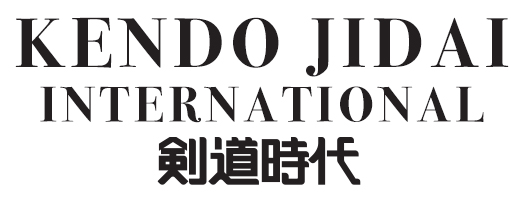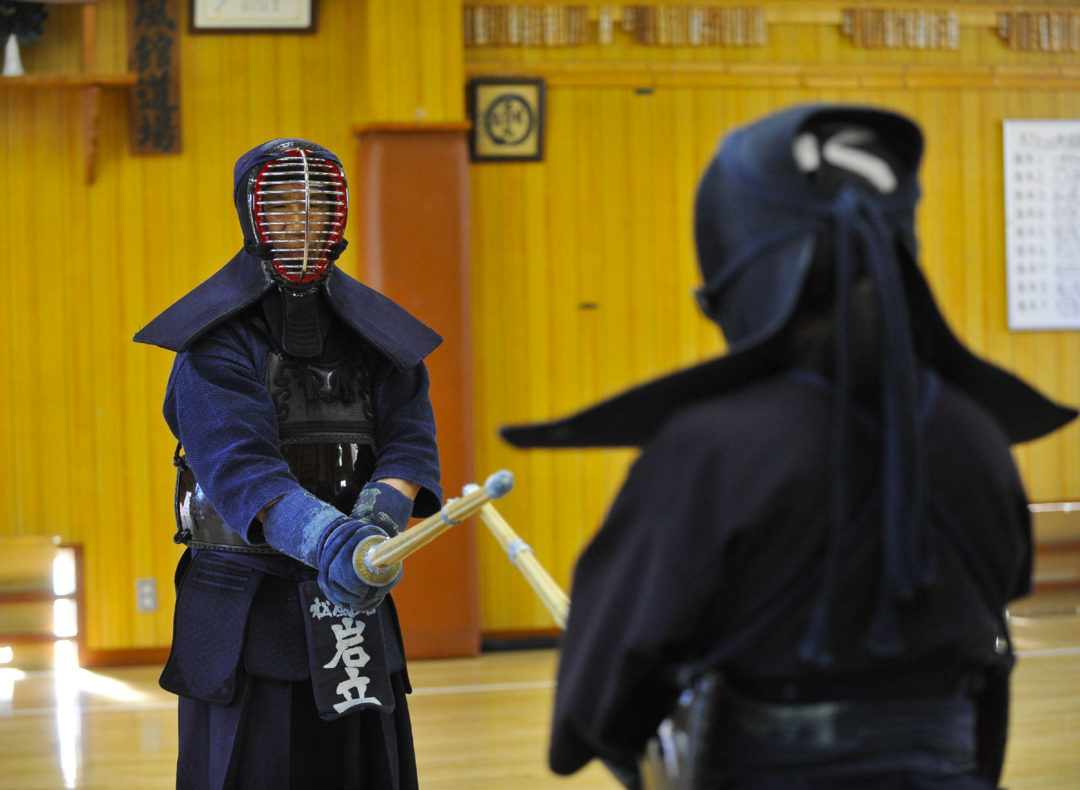Iwatate Saburo
Born in 1939 in Chiba Prefecture. After graduating from Narita High School, he joined the Chiba Prefectural Police. Following his time as a member of the Tokuren, he went on to serve in various roles, including instructor at the Kanto Regional Police Academy and head Kendo instructor for the Chiba Prefectural Police. Since 1978, he has been teaching Kendo at his own Dojo, Shofukan. Today, many practitioners from both Japan and abroad continue to seek instruction under the Hanshi Sensei. He currently serves as head of Shofukan Dojo and head instructor of the Kendo Club at Shobi University. He is also Vice President of the All Japan Kendo Dojo Federation and President of the All Japan Senior Kendo Association. He holds the rank of Kendo Hanshi 8th Dan.
Kendo Skills Are Built in the Dojo
The word Dojo is a translation of a Sanskrit term referring to the Diamond Seat beneath the Bodhi tree. Later, it came to mean a place for Buddhist training, and eventually, the word began to be used for martial arts training halls as well. It is unclear exactly when “Dojo” began to refer to a place for practicing martial arts, but since it is a place where one dedicates oneself to an art, I believe it should be more than just somewhere to work up a pleasant sweat.
Especially for adults, time spent on Kendo is precious. It is practiced in between work commitments, often at the expense of valuable time with family. For that reason, I hope people will seek training that enriches both mind and body.
One of the great appeals of Dojo training is having a teacher point out your weaknesses and assign you specific challenges. Naturally, one should listen openly to the assignments given and make every effort to overcome them. But those learning Kendo must also make the effort to think, research, and be proactive enough to ask their teacher about their own problem areas.
My late teacher, Oka Kenjiro, who guided me until his passing, used to emphasize, “If asked a question, I will teach anything. But giving unsolicited advice before being asked is not right.” In Kendo, there is a long-standing saying: “Rather than starting Kendo three years earlier, spend three years searching for the right teacher.” In reality, however, this is often difficult to achieve.
At Shofukan, there are people who belong to other local organizations but also register as members and come to train here. I am sure they have many reasons for joining, but ultimately, I believe it comes down to their desire to improve their own Kendo. I think the Dojo has a kind of magnetic pull because of that. I am also continually learning in order to meet the needs of our members.
Without Building the Body, the Mind Will Not Follow
I believe the foundation for developing strength in Kendo lies in building the body. Just as the saying goes, “A sound mind in a sound body,” the same is entirely true for Kendo.
To make each practice session meaningful, one must first pay attention to health and work on building a strong body. With a strong body, technical proficiency also improves. As you begin to feel your skills advancing, your enthusiasm for training will grow, and your spirit of inquiry will deepen. As that curiosity grows, more questions will arise, and your desire to train will increase further. By building the body, the heart too becomes enriched.
For myself, I have built my body through running. Even without holding a Shinai, strengthening the legs and hips can cultivate Kendo power. The late master Takano Sasaburō once said, “Run four kilometers, then spend the rest of the time swinging a stick. As long as you do that, your Kendo will not decline.” These were his words during the period after the war when Kendo was banned and could not be practiced.
One person who passed the 8th-dan examination last November also reportedly ran for 30 minutes every day. That achievement was the result of over ten years of attempts at the rank. When I attended the All Japan Kendo Federation’s joint training in December, he was the first to come and challenge me. As you know, upon attaining 8th-dan, one typically serves as Motodachi. However, he chose not to stand as Motodachi, but instead to continue asking for practice with the teachers who had trained him, as a way of expressing his gratitude.
I cannot believe that such an admirable attitude is unrelated to his commitment to physical conditioning, alongside the quality of his training. This reaffirmed for me how truly wonderful Kendo is.
The rest of this article is only available for Kendo Jidai International subscribers!



